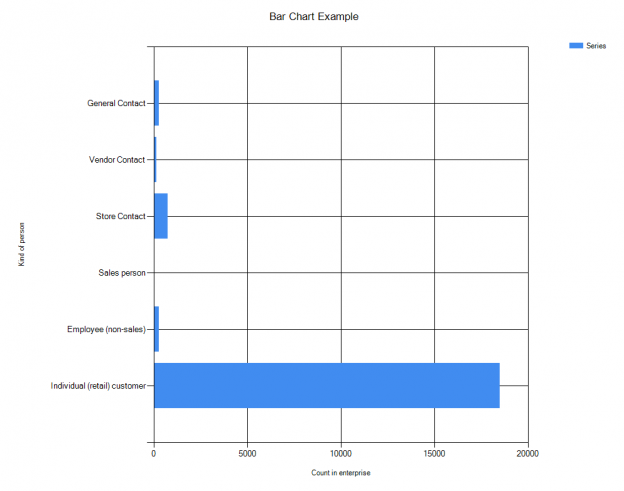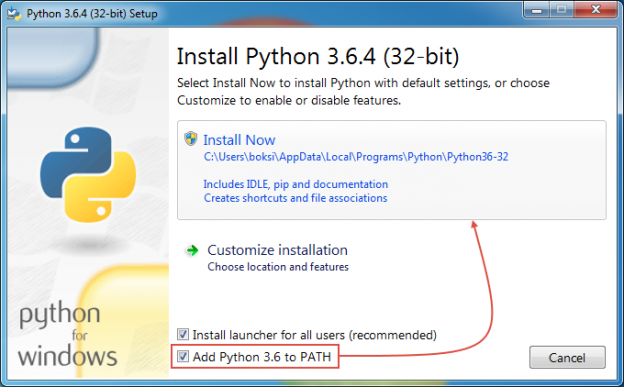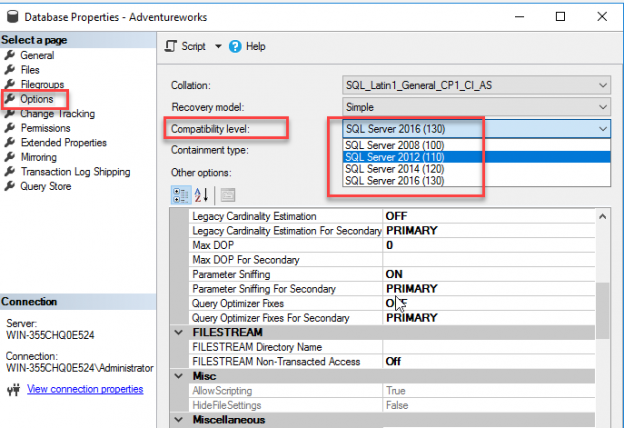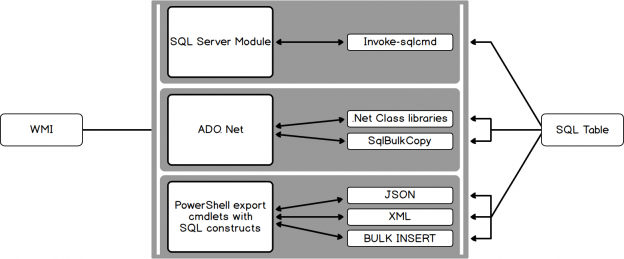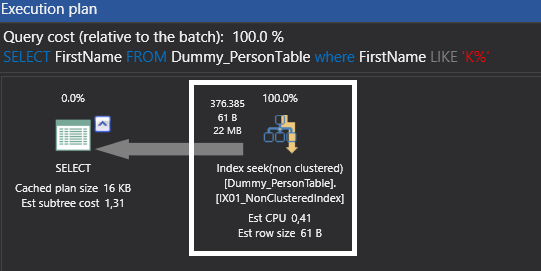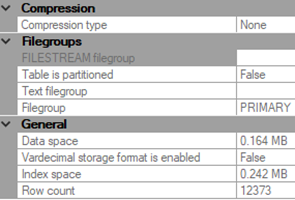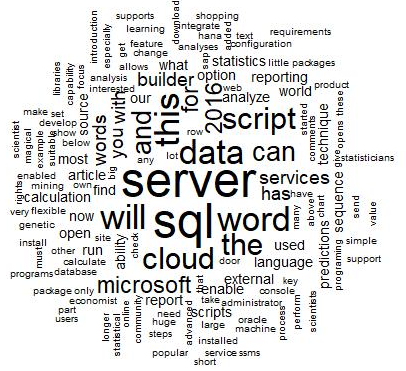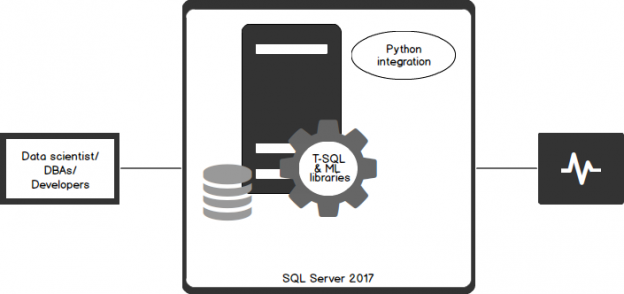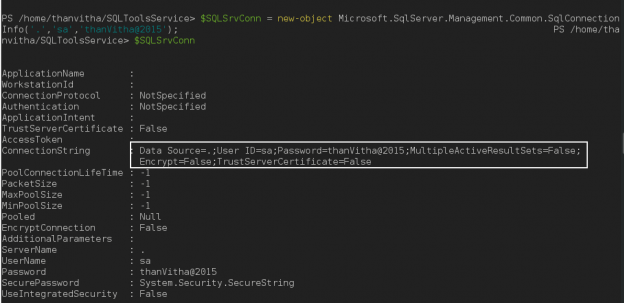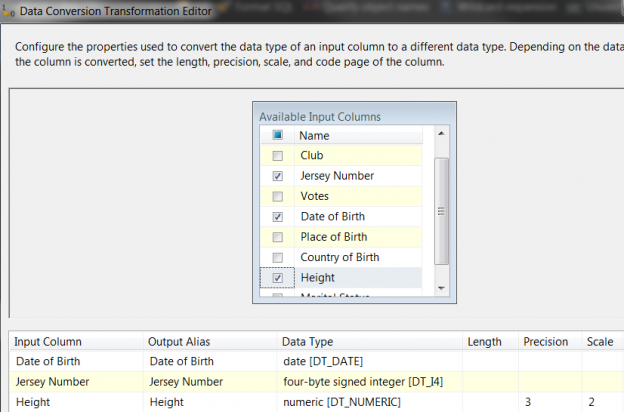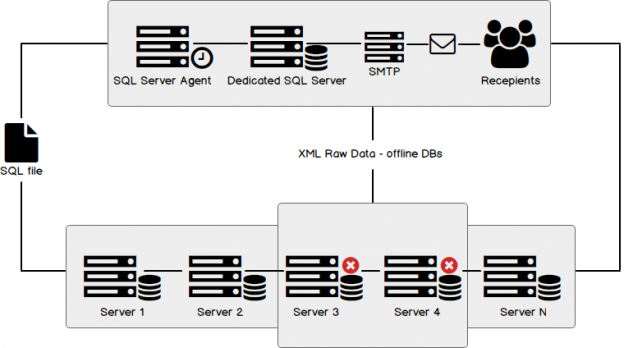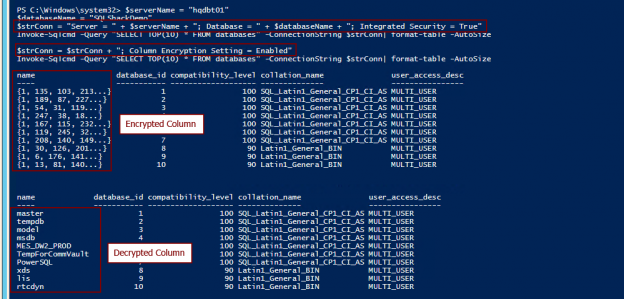Introduction
Sometimes we need to store information including photos in our database. For example, the photo of the product, the photo of the team members. But how can we store images in SQL Server?
We could create an application in .NET or Java, but if we do not have experience in those programming languages, we could use SQL Server tools to do it.
In this new article, we will learn the following tips that will help us to work with images including how to:
- insert one image into SQL Server
- store multiple files into a table
- verify that the images were inserted







